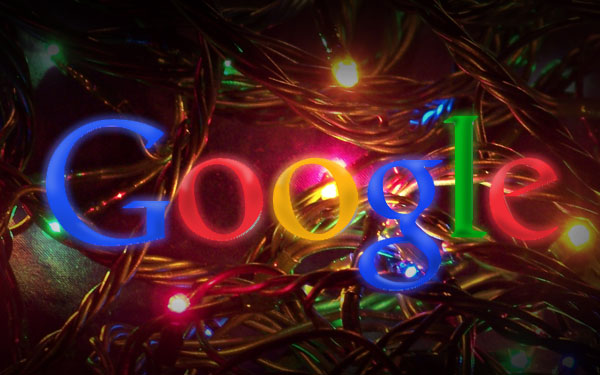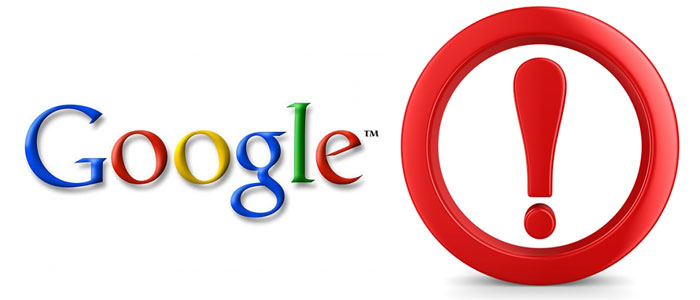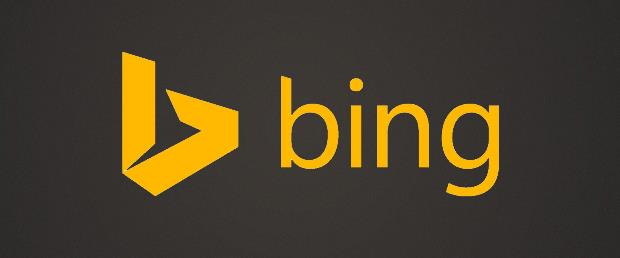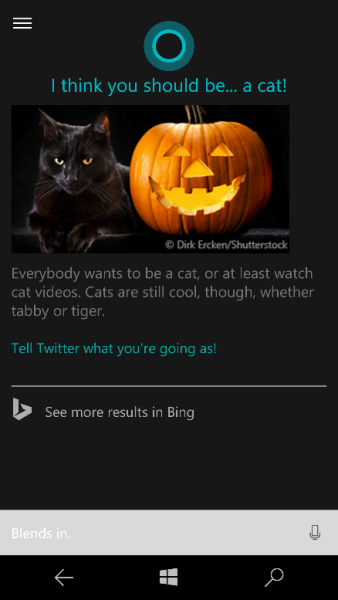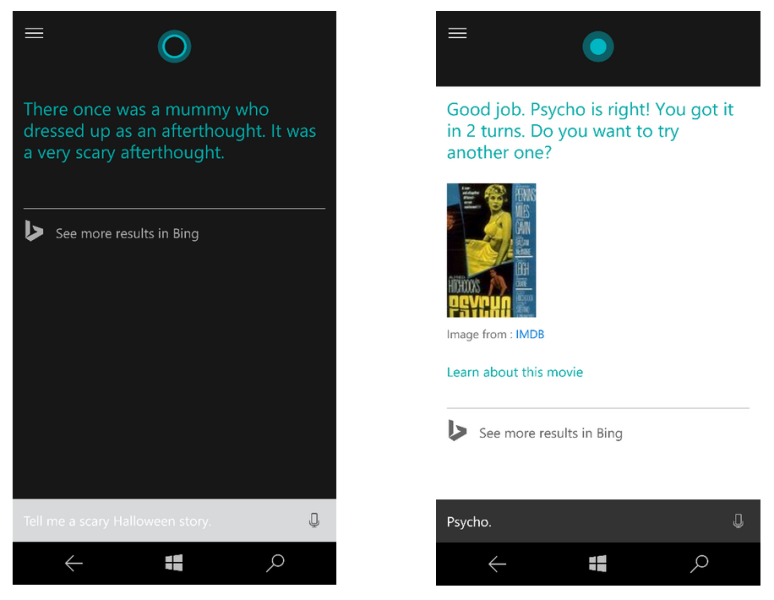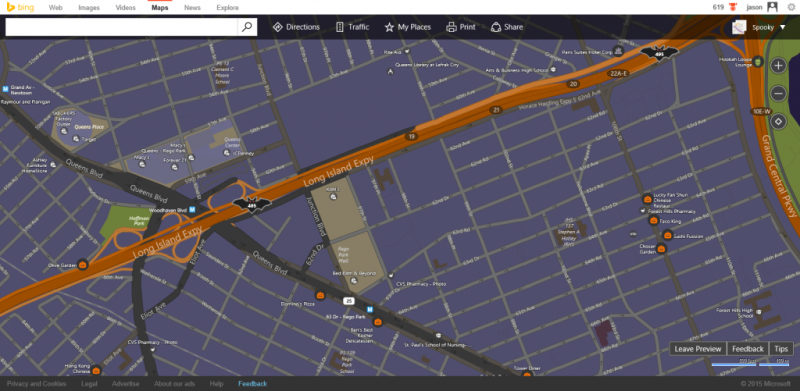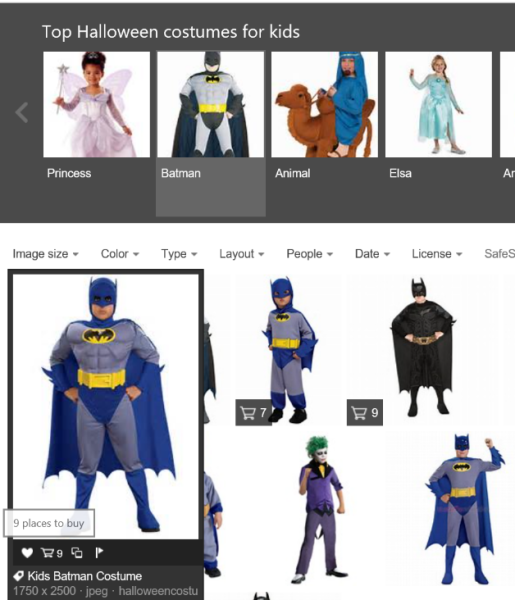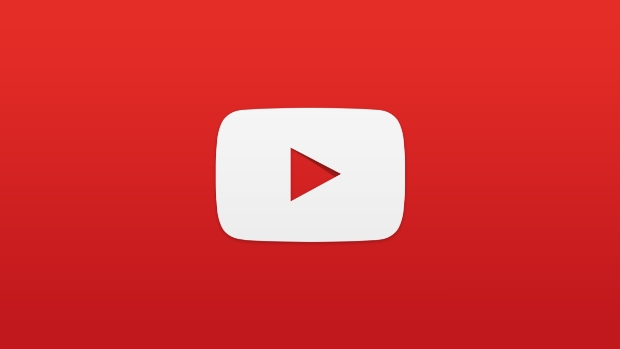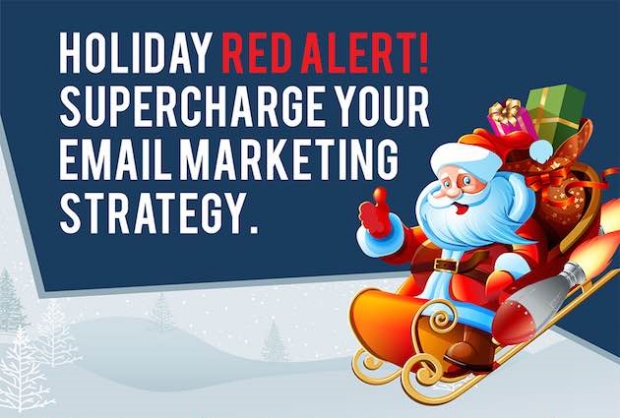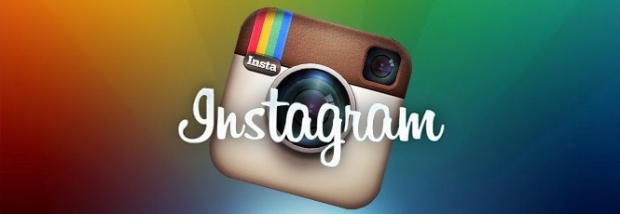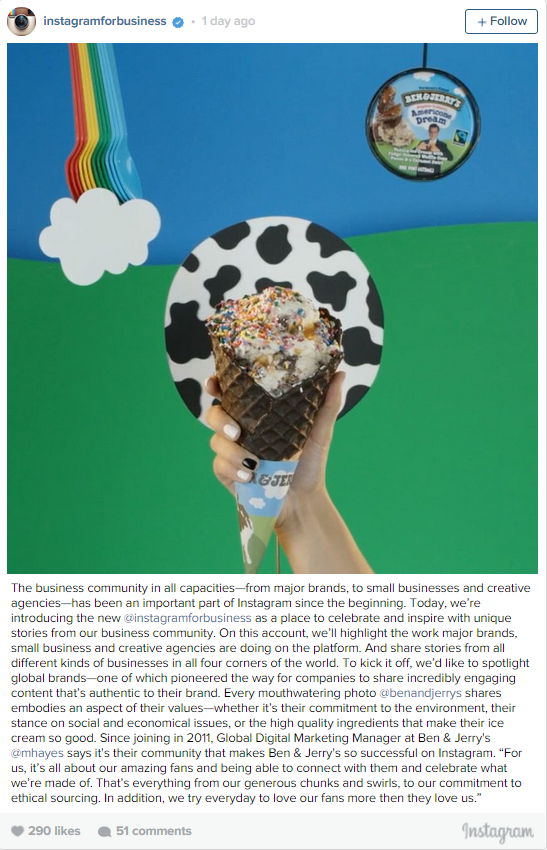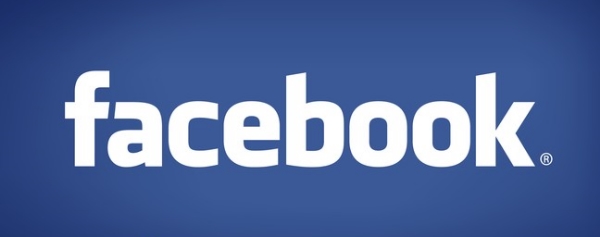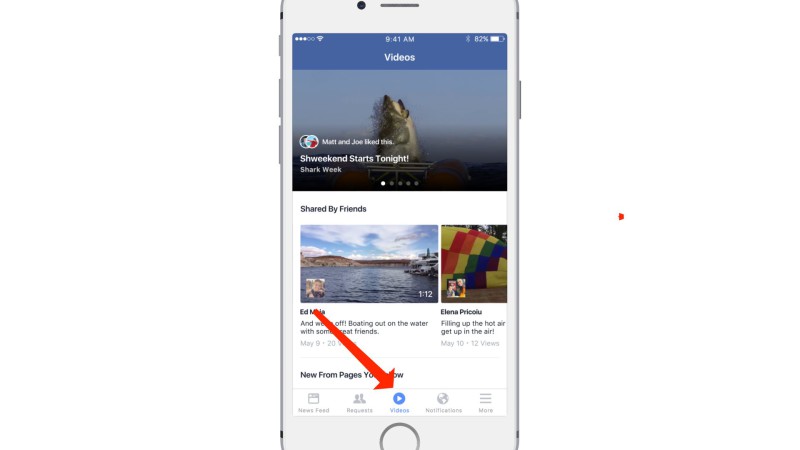With Halloween in the rear-view mirror we have officially entered the holiday season, and Google is rolling out new features to help businesses prepare. Google My Business announced it is launching a new feature that allows businesses to set their holiday hours in advance, so shoppers will always know when you are open.
In the past, businesses had to manually update their hours manually if they changed their hours for the holiday season, and when the season is over you had to go back in and change the hours back.
Now, if you know ahead of time when you will start running your holiday hours, you can schedule your Google My Business page to automatically update your opening hours when the time comes. Google will also tell shoppers if what they are seeing are special holiday hours.
If your closing hours are flexible, there is also a new option to have a message displayed saying “hours may differ.”
The feature will stick around, so if you have regular special hours for other events or holidays you can also set those up ahead of time.
How to Schedule Special Hours on Google My Business
- Log in to your Google My Business account and select the location the hours will apply to.
- On the “Location details” page, scroll down until you see the “Special hours section” and click the link.
- Select the date when the hours will begin and enter the opening and closing times for that day.
- Click the box next to “Closed” if your business will be closed on a specific day. You can also set your hours to 12:00am-12:00pm if you are open 24 hours.
- Click “Add another” to add more special hours for the location.
For more information on the features or setting up your special holiday hours ahead of time, check out Google’s help center article.

